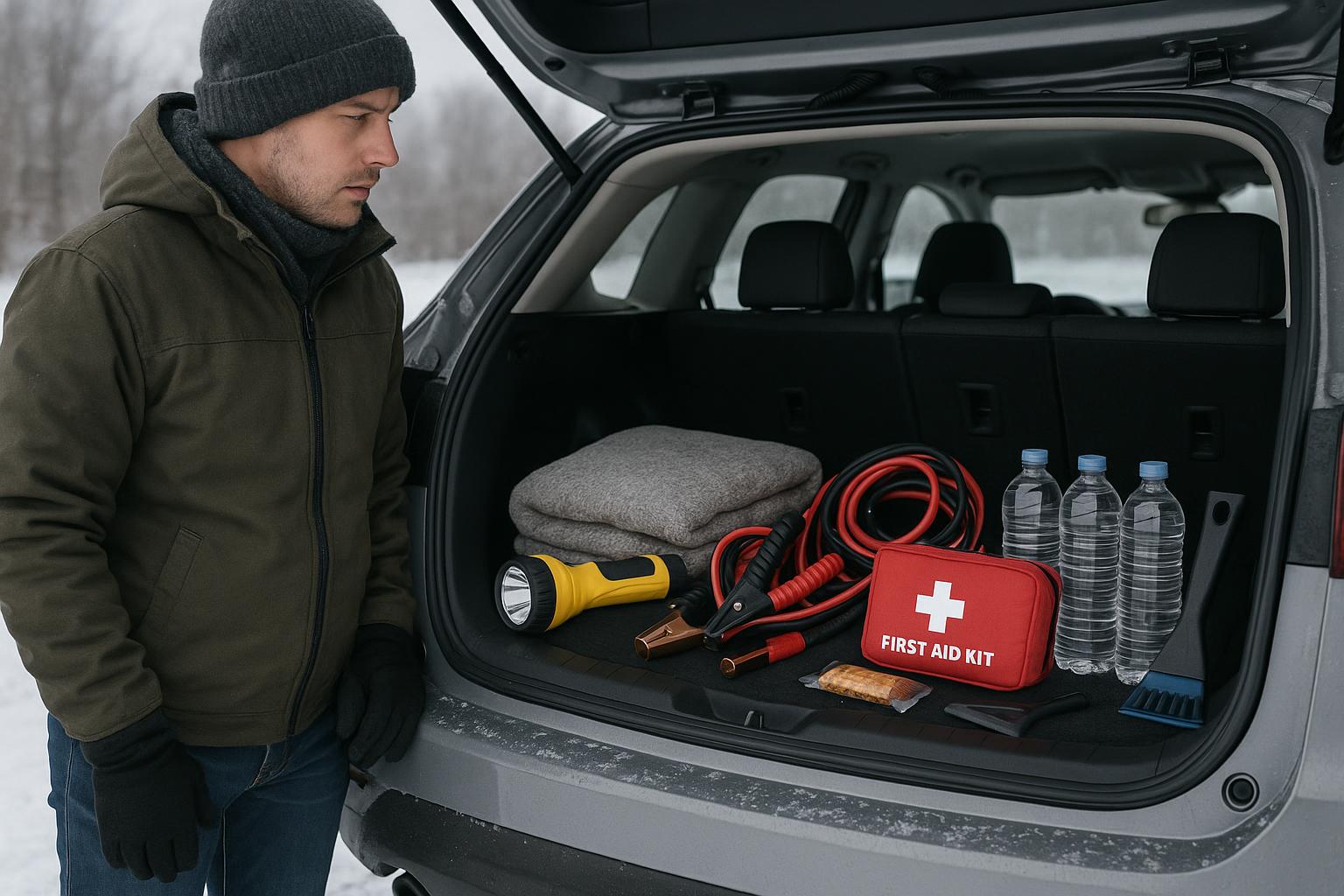Introduction
Safety compliance is essential for every workplace, regardless of size. For small teams, the challenge often lies in balancing regulatory requirements with limited resources. However, compliance does not have to be complex. By implementing straightforward safety strategies, small teams can maintain a safe work environment, meet legal obligations, and foster a culture of safety without overwhelming their operations.
Why Safety Compliance Matters for Small Teams
Workplace safety is not just a legal requirement; it is a moral responsibility. According to the U.S. Occupational Safety and Health Administration (OSHA), businesses that prioritize safety see fewer injuries, lower costs, and higher productivity. Small teams, in particular, benefit from reduced downtime and improved morale when safety is a priority. Non-compliance can result in fines, legal action, and reputational damage, which can be especially devastating for small businesses.
Common Compliance Challenges for Small Teams
Small teams often face unique challenges, including:
- Limited staff to manage safety programs
- Restricted budgets for training and equipment
- Lack of dedicated safety personnel
- Difficulty keeping up with changing regulations
Despite these obstacles, small teams can achieve compliance by focusing on practical, scalable solutions.
Simple Safety Strategies for Small Teams
1. Assign Safety Roles and Responsibilities
Even without a full-time safety officer, every team member can play a part in maintaining safety. Assign clear roles, such as a safety coordinator or first aid officer, and rotate responsibilities to ensure everyone is engaged.
2. Conduct Regular Safety Meetings
Toolbox talks are an effective way to keep safety top-of-mind. Hold brief, focused meetings weekly or monthly to discuss hazards, review incidents, and reinforce safe practices. Use real-life examples relevant to your team’s work.
3. Keep Safety Training Simple and Relevant
Training does not have to be lengthy or expensive. Use free resources from OSHA or your local safety authority. Focus on the most common hazards in your workplace and ensure all team members understand emergency procedures.
4. Use Checklists and Templates
Standardized checklists for inspections, equipment maintenance, and incident reporting help ensure nothing is overlooked. Templates save time and make compliance documentation easier.
5. Encourage Open Communication
Create an environment where team members feel comfortable reporting hazards or near-misses without fear of blame. Open communication helps identify risks early and prevents accidents.
6. Leverage Technology
Free or low-cost digital tools can simplify compliance. Apps for safety inspections, training tracking, and incident reporting can save time and reduce paperwork.
7. Stay Informed About Regulations
Subscribe to updates from OSHA or your local regulatory body. Assign someone to monitor changes in safety laws and share relevant information with the team.
8. Review and Improve Regularly
Set aside time each quarter to review your safety program. Analyze incidents, gather feedback, and make improvements. Continuous improvement is key to long-term compliance.
Benefits of Simple Safety Compliance
Implementing straightforward safety strategies offers several benefits:
- Reduced risk of accidents and injuries
- Lower insurance premiums
- Improved employee morale and retention
- Enhanced reputation with clients and partners
- Easier compliance with audits and inspections
Case Study: Small Team, Big Safety Impact
A five-person construction crew in Ohio reduced workplace incidents by 40% in one year by holding weekly toolbox talks and using a simple safety checklist. Their approach demonstrates that even small teams can achieve significant safety improvements with minimal resources.
Conclusion
Compliance does not have to be complicated. By focusing on clear roles, regular communication, simple training, and continuous improvement, small teams can create a safe and compliant workplace. Start with these strategies today to protect your team and your business.



